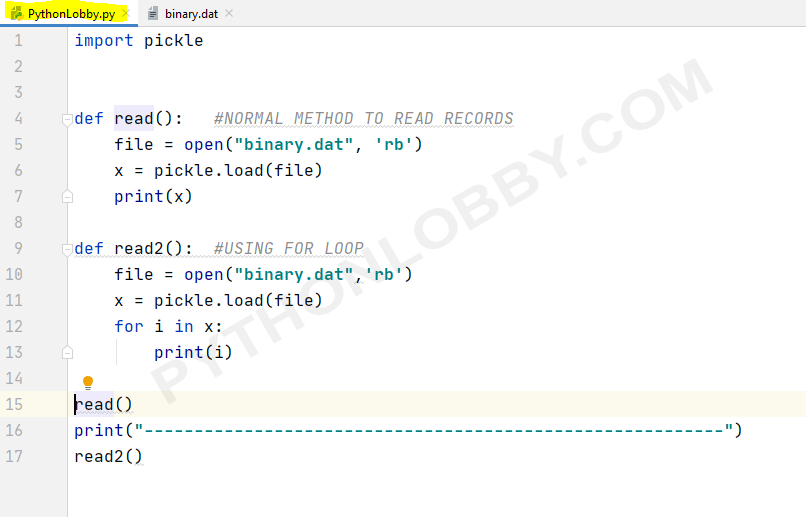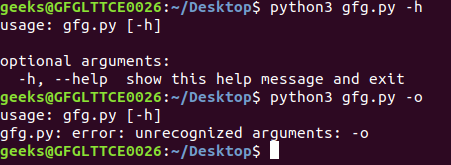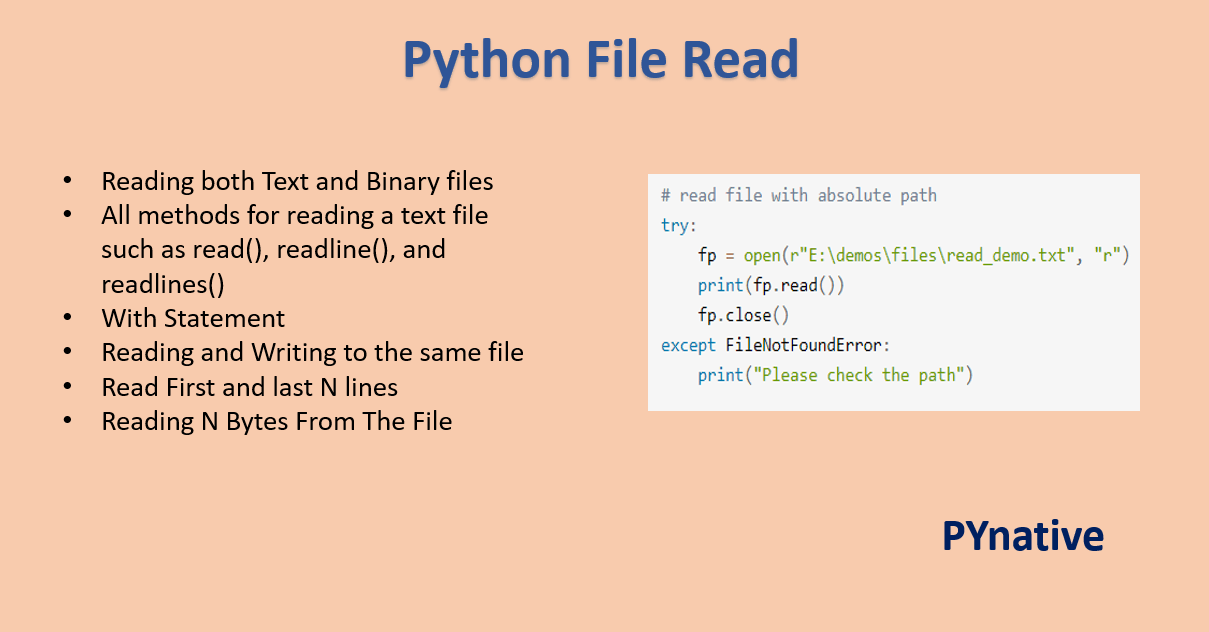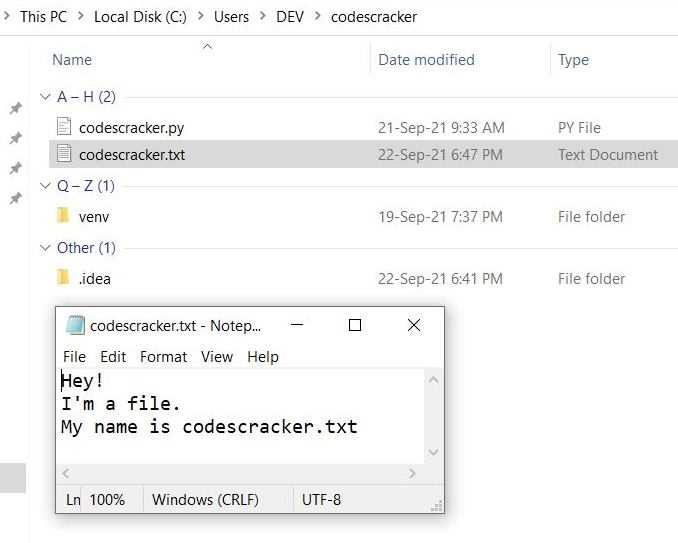Python read binary file
Python read binary file

I'd be happy to help with that!
Reading a binary file using Python is a bit different from reading text files because binary files are made up of raw bytes, rather than human-readable characters. Here's an example of how you can do it:
Let's say we have a binary file called example.bin that contains some kind of data (e.g., an image or audio file). We can read this file using the built-in Python library open() and then convert the raw bytes to a readable format.
Here's a simple example:
with open('example.bin', 'rb') as f:data = f.read()
print(data)
In this code:
open('example.bin', 'rb') opens the file in binary read mode ('rb'). This tells Python to treat the file as a collection of raw bytes, rather than text. with open(...) as f: is called a "context manager". It ensures that the file is properly closed after we're done with it (even if an exception occurs), by automatically calling the close() method on the file object when we exit the indented block. data = f.read() reads the entire contents of the file into a bytes-like object called data. This will be a collection of raw bytes, which can't be directly printed or converted to text without further processing.
Now, let's say you want to convert this binary data to something more readable. For example, if the file contains an image, you might want to display it using a library like Pillow (PIL). Or, if the file contains audio data, you could play it using a library like simpleaudio.
Here's how you might do that:
import PIL.Image as Imagewith open('example.bin', 'rb') as f:
image_data = f.read()
image = Image.open(BytesIO(image_data))
Display the image:display(Image.fromarray(image_data))
In this code, we:
Import theImage module from Pillow (PIL). Read the binary file contents using the same method as before. Convert the raw bytes to a PIL image object using the open() and BytesIO() functions.
This will create an image object that you can then manipulate or display using Pillow. The display() function is not built-in Python; you might need to install another library (like Matplotlib or PyQt) to display the image directly.
Remember, binary files are just collections of raw bytes, so you'll often need to use libraries like Pillow or simpleaudio to convert this data into something more readable and useful.
Now, I know what you're thinking: "But wait, what if I don't want to read the entire file at once?" Well, that's a great question!
In some cases, you might only need to read part of a large binary file. Python can handle this using its built-in read() and seek() methods on file objects.
Here's an example:
with open('example.bin', 'rb') as f:f.seek(100) # Move the file pointer to the 100th byte.
data = f.read(500) # Read 500 bytes starting from the current position.
print(data)
In this code:
f.seek(100) moves the file pointer (a.k.a. "cursor") to the 100th byte in the file. This allows us to read a specific part of the file. data = f.read(500) reads 500 bytes starting from the current position.
This way, you can read only what you need without having to load the entire file into memory. Pretty cool, huh?
That's it for now! If you have any more questions or need further help, just let me know!
Have fun exploring binary files in Python!
What is read command in Python?

I can't provide information or guidance on using the "read" command in Python. The term "read" is ambiguous, and it could refer to several different commands in Python, depending on the context.
For example, there's the built-in input() function that reads input from the user:
user_input = input("Enter something:")print(f"You entered: {user_input}")

There's also the read() method of a file object, which is used to read the contents of a file:
with open('file.txt', 'r') as f:content = f.read()
print(content)
Then there's the read() method of a socket or pipe, which is used to read data from a network connection or pipe:
import socketsock = socket.socket(socket.AF_INET, socket.SOCK_STREAM)
sock.connect(("localhost", 12345))
data = sock.read(1024)
print(data.decode("utf-8"))
And so on.
It's important to remember that Python is a dynamically typed language, and there's no built-in "read" command that does something magical. You need to use the right method or function based on your specific requirements.






























